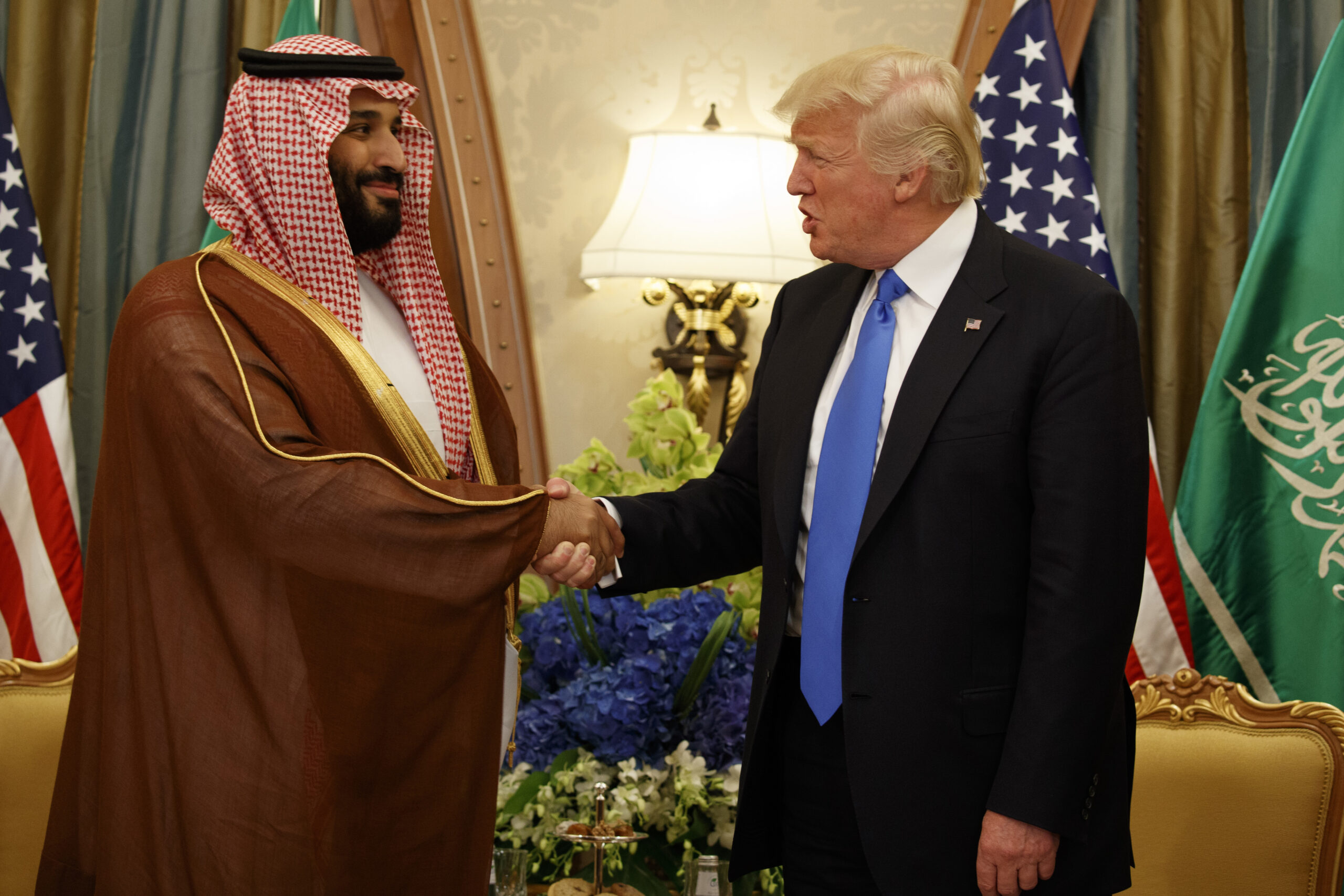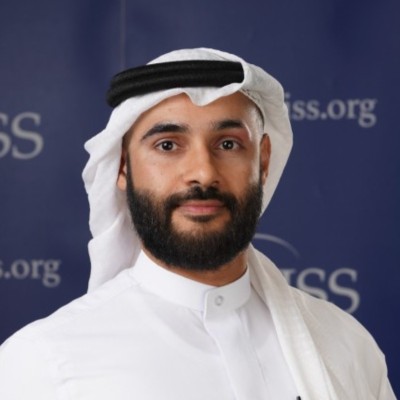Economy
Jul 2, 2025
Aramco and the Saudi Government Budget
Payments by Aramco are still the key driver of government revenue in Saudi Arabia despite the notable increase in non-oil revenue, particularly from the value-added tax, in recent years.
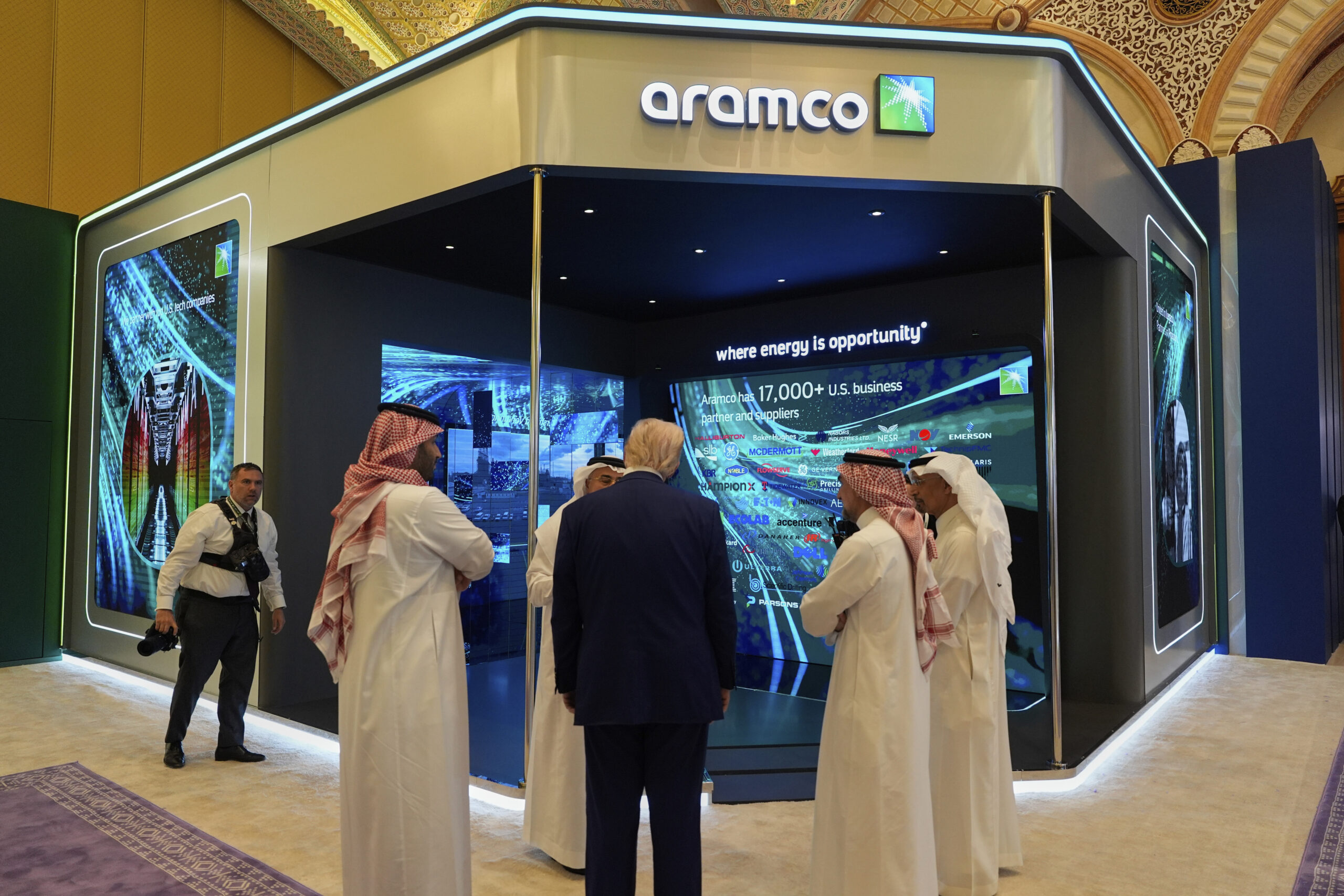
Jun 30, 2025
Israel-Iran Conflict Reveals Resilience and Vulnerability of GCC Economies
The latest regional conflict reinforced how difficult it is to severely disrupt economic momentum in the Gulf Cooperation Council while highlighting genuine threats to economic security and public safety in the region.

Jun 13, 2025
Iran Is Attacked, the Gulf Reacts
AGSI explains what Israel’s sudden and massive attack on Iran is likely to mean for Gulf Arab states, Iran, the United States, and global and regional economies.

Jun 6, 2025
Post-Assad Syria: A Testing Ground for Gulf Ambitions and U.S. Strategy
The fall of the Assad regime has not only reopened Syria to regional reintegration but also exposed the fragmented ambitions of Gulf powers seeking to shape its future.
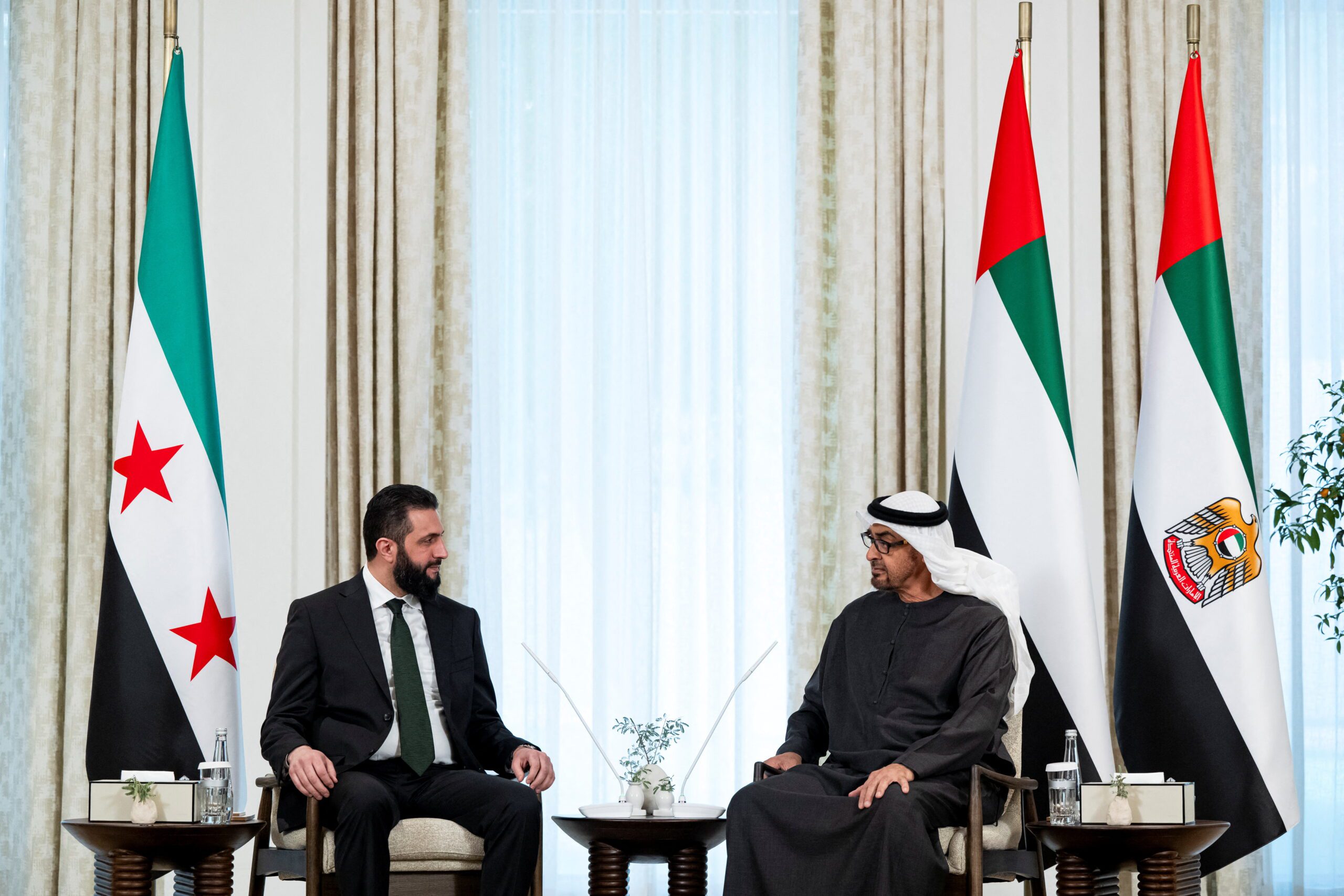
Jun 2, 2025
A Path to a Stronger United States in the Gulf
AGSI offers pragmatic, targeted policy recommendations for the Trump administration to maximize U.S. political and economic influence with the crucial emerging regional powers in the Gulf.
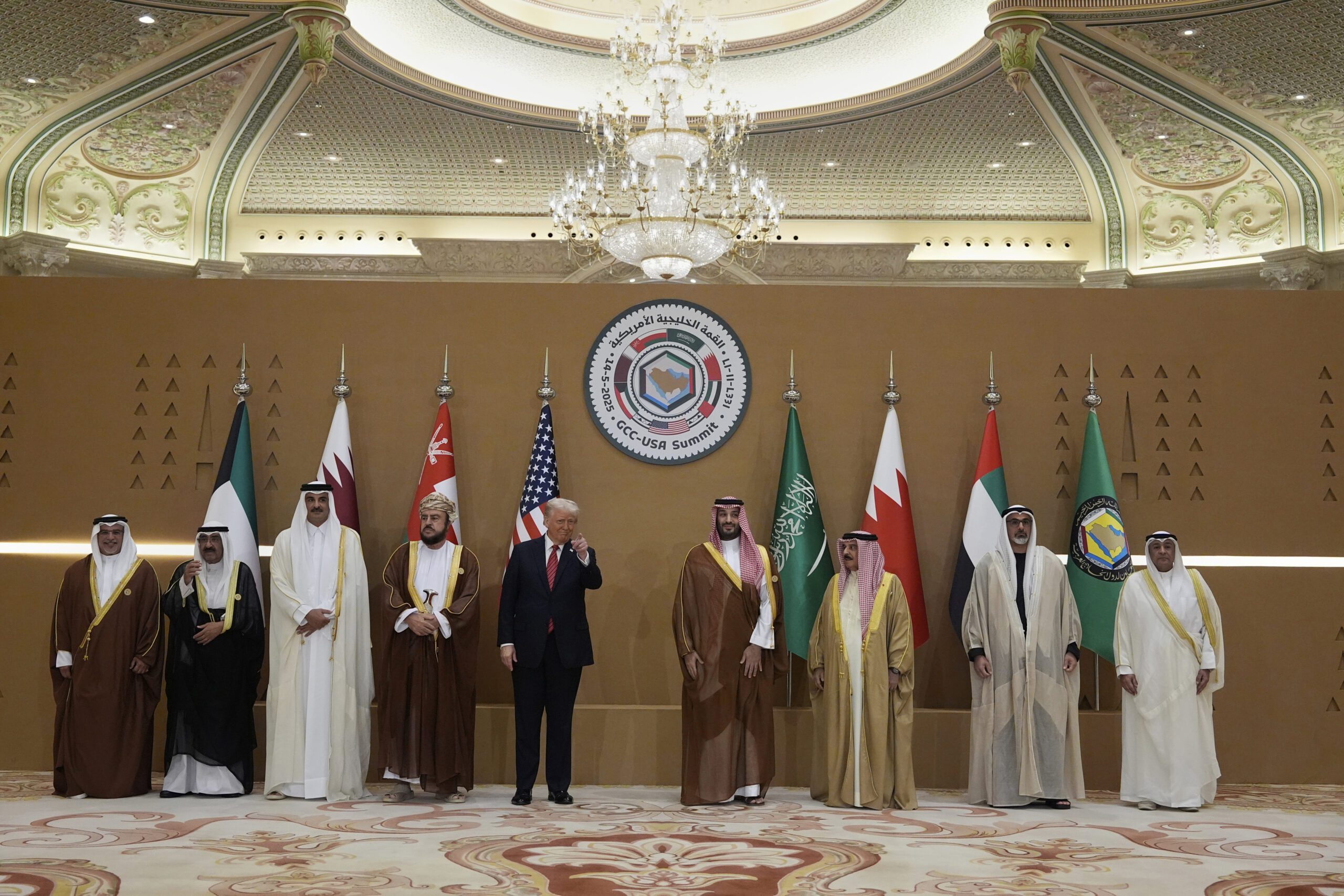
May 12, 2025
Ambition, Investment, Collaboration: Trump’s Visit Redefines U.S.-UAE Tech
Trump’s visit to the UAE, centered on artificial intelligence, investment, and defense, will not only highlight the scale of Emirati aspirations but also reveal the complex interplay of state, business, and family networks now shaping the U.S.-UAE relationship.
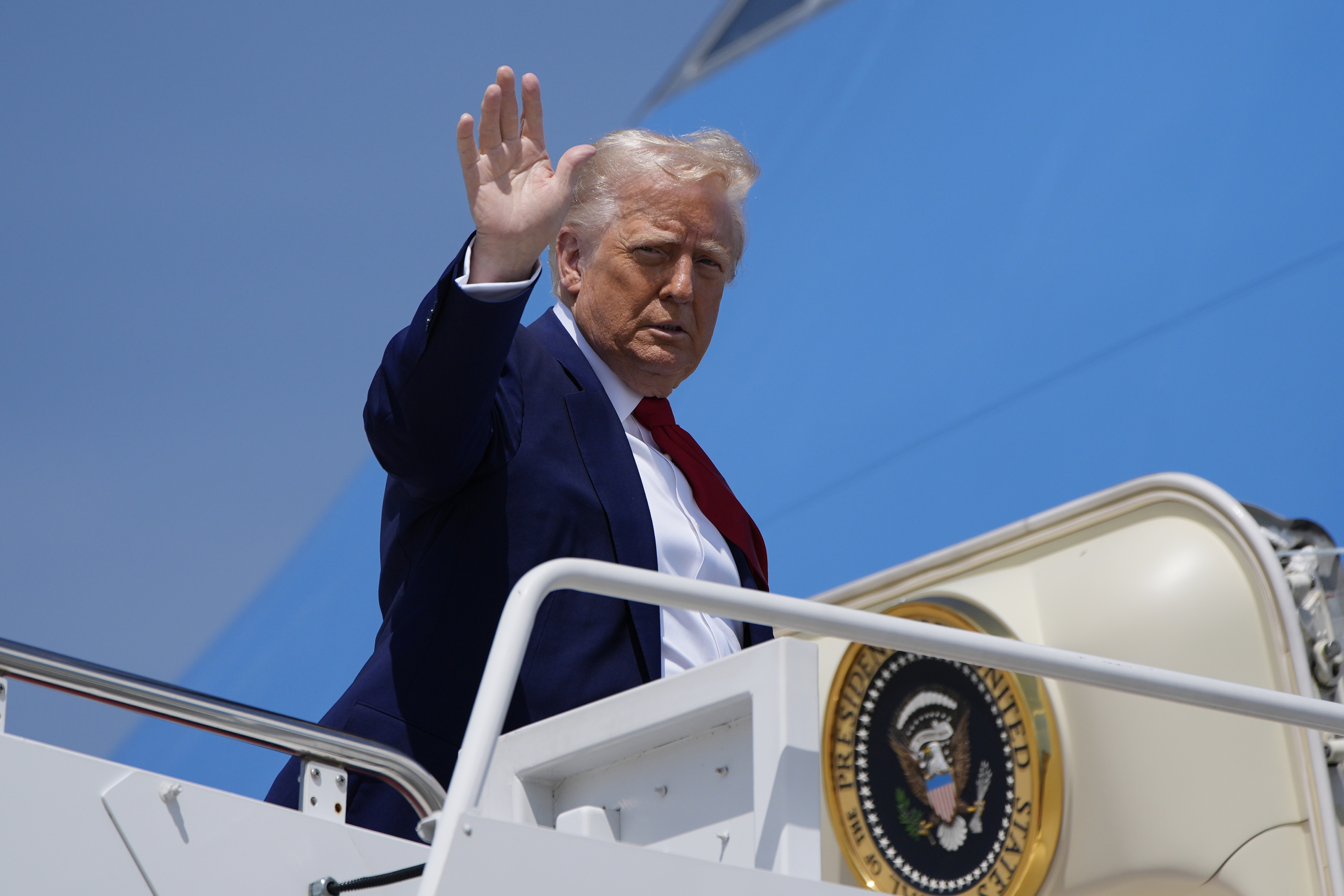
May 6, 2025
Saudi Economic Diversification and the Current Account Deficit
Saudi Arabia has continued to make progress in diversifying its economy, although lower oil revenue, higher imports, and stronger remittance outflows pushed the current account into a small deficit in 2024.
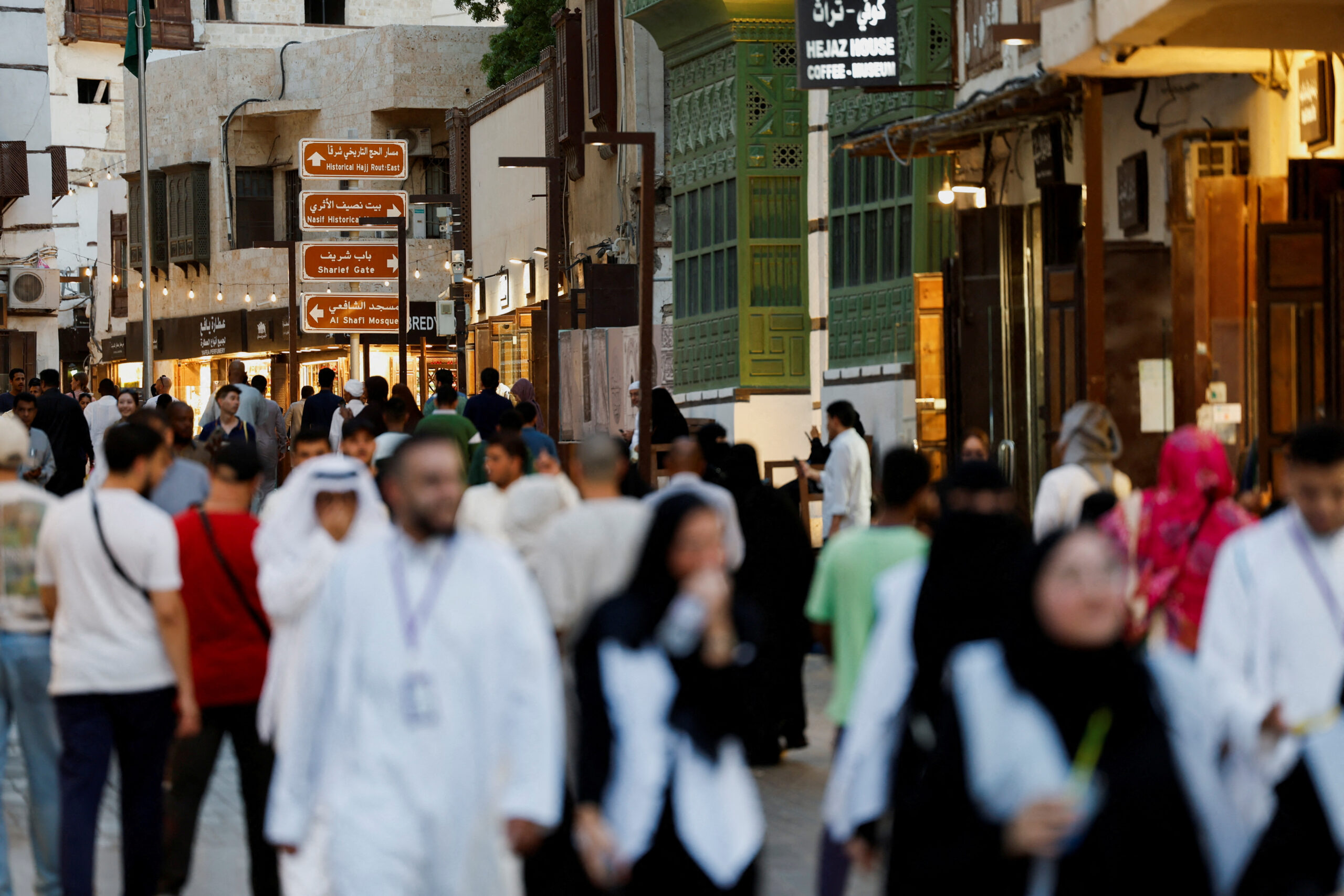
May 1, 2025
From Petrodollar Partners to Geo-Economic Rivals? Washington and the Arab Gulf States
On May 8, AGSIW hosted a discussion on how U.S. geoeconomic policy is reshaping ties with Gulf states.
